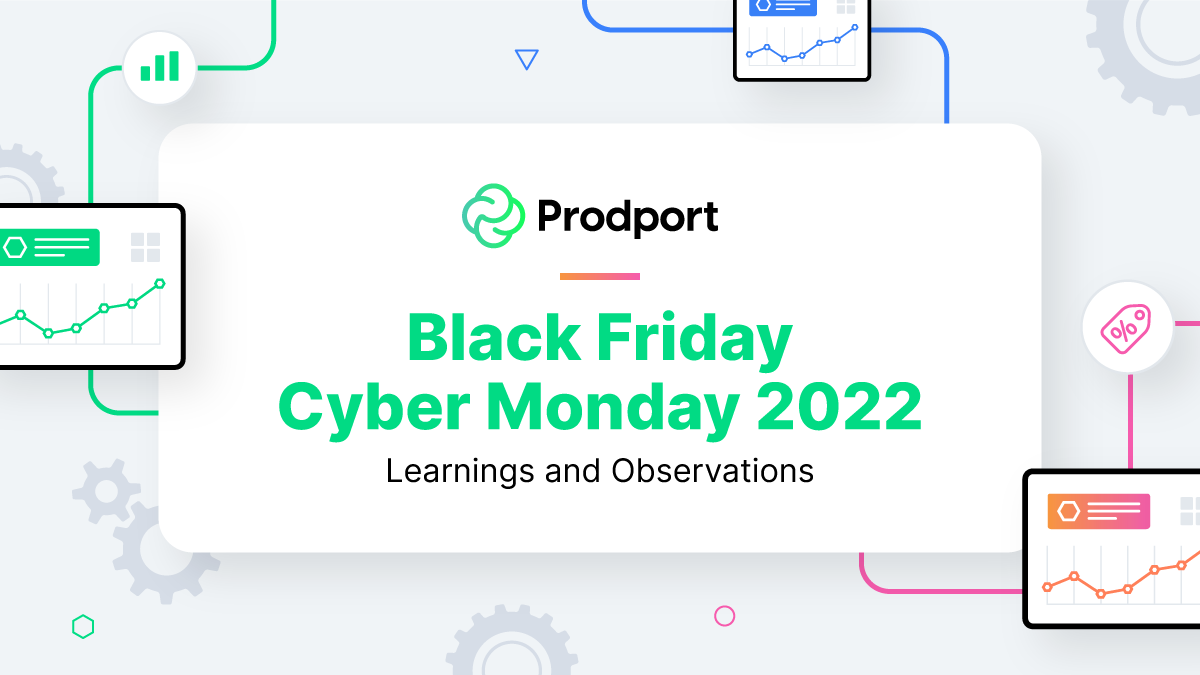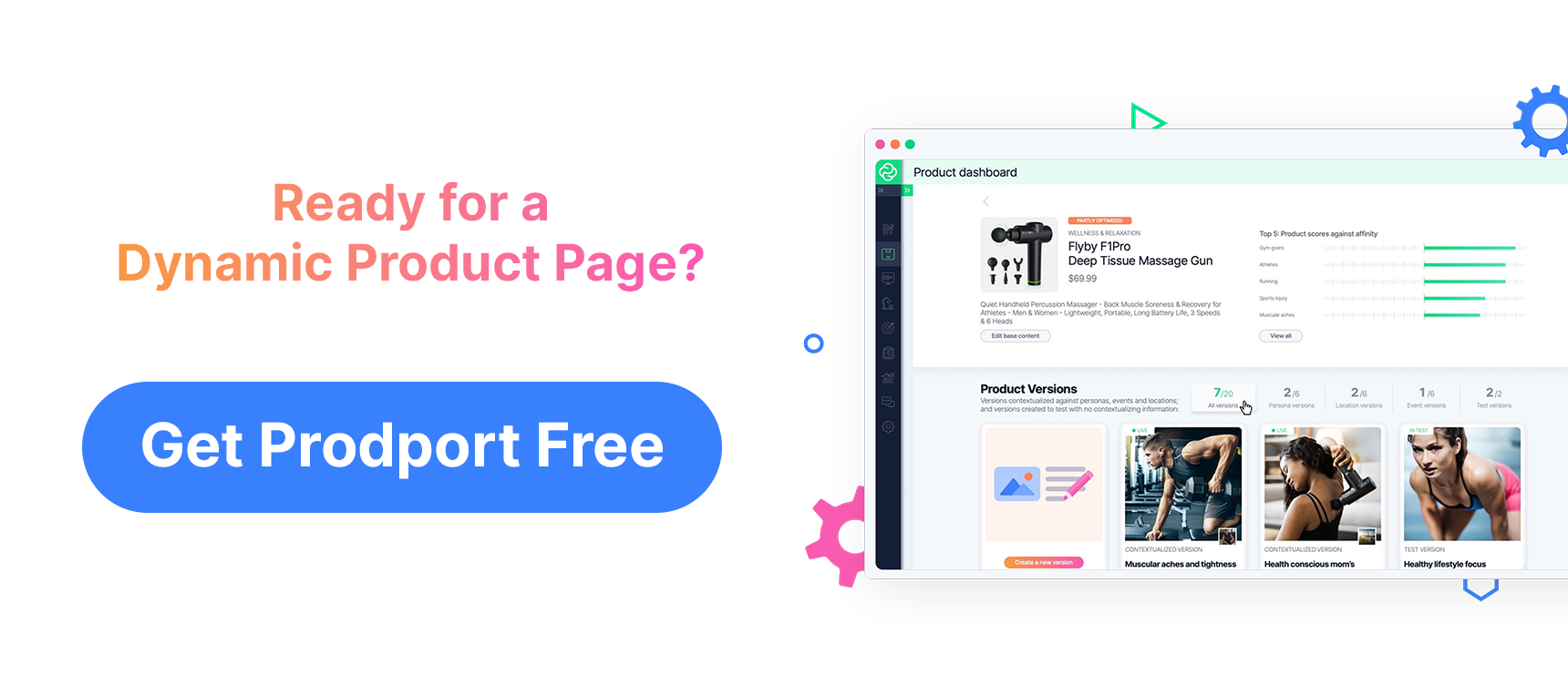The 2022 Cyber Five saw record spending across all industries. The top purchase categories included clothing, toys, gift cards, books/video games/other media, food and candy, and electronics, respectively, according to NRF.
As we’ve seen in years past, online shopping continued to be more popular than in-store. Of 2,500 shoppers, just 17 percent shopped in-store while 25.8 percent shopped online. Here are some of the key stats from the big shopping holiday and insights we can glean to make the most of the rest of the holiday season and beyond.
Record Spending Was Driven by Demand (Not Inflation)
Cyber Monday saw record spending, and as Tech Crunch suggests, this wasn’t due to inflation, but pure consumer demand. At $11.3 billion in sales, this year’s Cyber Monday saw 5.8 percent more consumer spending than last year, setting a whopping sales record both historically for the day and for 2022 thus far. In addition, 76 percent of consumers reported spending throughout the Thanksgiving weekend, up from 79 percent in 2021.
Spending was also happening at record rates. Adobe’s 2022 Holiday Shopping report estimated that consumers were collectively spending $12.8 million per minute on Cyber Monday. After a long week of sales, which increased with each day, from Thanksgiving Eve to Cyber Monday, Monday saw the largest amount of transactions and overall spending.
Ecommerce insight: Consumers want to shop, the question is: will it be with you? It’s more important than ever to get in front of your customer and speak their language by leveraging unique marketing tactics, including product page personalization.
CPMs Were Down Across the Board
Cost per Thousand (CPM) has been on a downward trend for most of 2022, as reported by Tuniiti, and we saw this trend continue into Black Friday and Cyber Monday.
From Thanksgiving Eve through Cyber Monday, total CPM was down 29 percent across the Meta platforms, with Facebook seeing the largest drop (37 percent). Interestingly, Instagram saw a drop of just 1 percent compared to last year.
These declines followed a similar trend as overall spending, with the drop in CPMs being largest on Thanksgiving and decreasing as the five days of spending went on.
Ecommerce Insight: You may be getting great ad prices, but are customers converting once they land on your page? Track conversion from ads and the ROAS on your campaigns from the Cyber Five shopping holiday to determine where you need to make changes to your product pages to increase conversion.
Personalization Was a Winning Tactic
Personalization has been a buzzword for many years in the ecommerce space, but it’s quickly becoming a must-have if you want to convert and drive sales from your website. During the 2022 shopping holiday, we saw personalization win again and again for our clients. Here’s what we saw.
- UGC and lifestyle images are king: Brands using lifestyle and UGC images on their product pages saw a huge uplift during this time. One baby brand increased conversions by 24 percent by testing lifestyle and UGC images on their product page from Thursday to Monday.
- Skip the landing page and promote on the product page. Brands working with Prodport not only saved time and resources but also greatly increased conversions. Instead of spending copious amounts of time building landing pages, Prodport brands were able to surface offers directly on the product page quickly and easily.
Furesque saw an uplift in conversions of 40 percent by surfacing product-specific offers on the product page. In the past, they’d built custom landing pages describing and promoting the offer, but this tactic worked significantly better.
- Everyone is shopping online. E-commerce isn’t just for B2C brands—B2B is soaring too. A B2B ceilings manufacturer saw a 106 percent increase in conversions during BFCM by personalizing the product page based on the industry of the shopper.
Ecommerce Insight: Don’t ignore personalization any longer, but don’t stop at the homepage. Prodport is the only tool that allows you to personalize your product page in minutes, all while using existing images and text, making your life easier but also driving even more revenue.
Consumers are Spending—Are you Converting?
If we learned anything from the 2022 Cyber Five it’s that shoppers want to spend money. With more competition than ever before across all industries, the question is whether they’re converting once they land on your site.
If you personalize your product pages, the answer is: yes, they are more likely to convert when they land on your page. Ecommerce brands that use the open and generative AI through Prodport to personalize product pages see a 25 percent uplift in aggregate conversion rate, up to 70 percent to the best version.
While there are many ways to have an impact this holiday season, personalization, especially on the last mile of the purchase process, is crucial for customer loyalty, satisfaction, and the growth of your brand.

